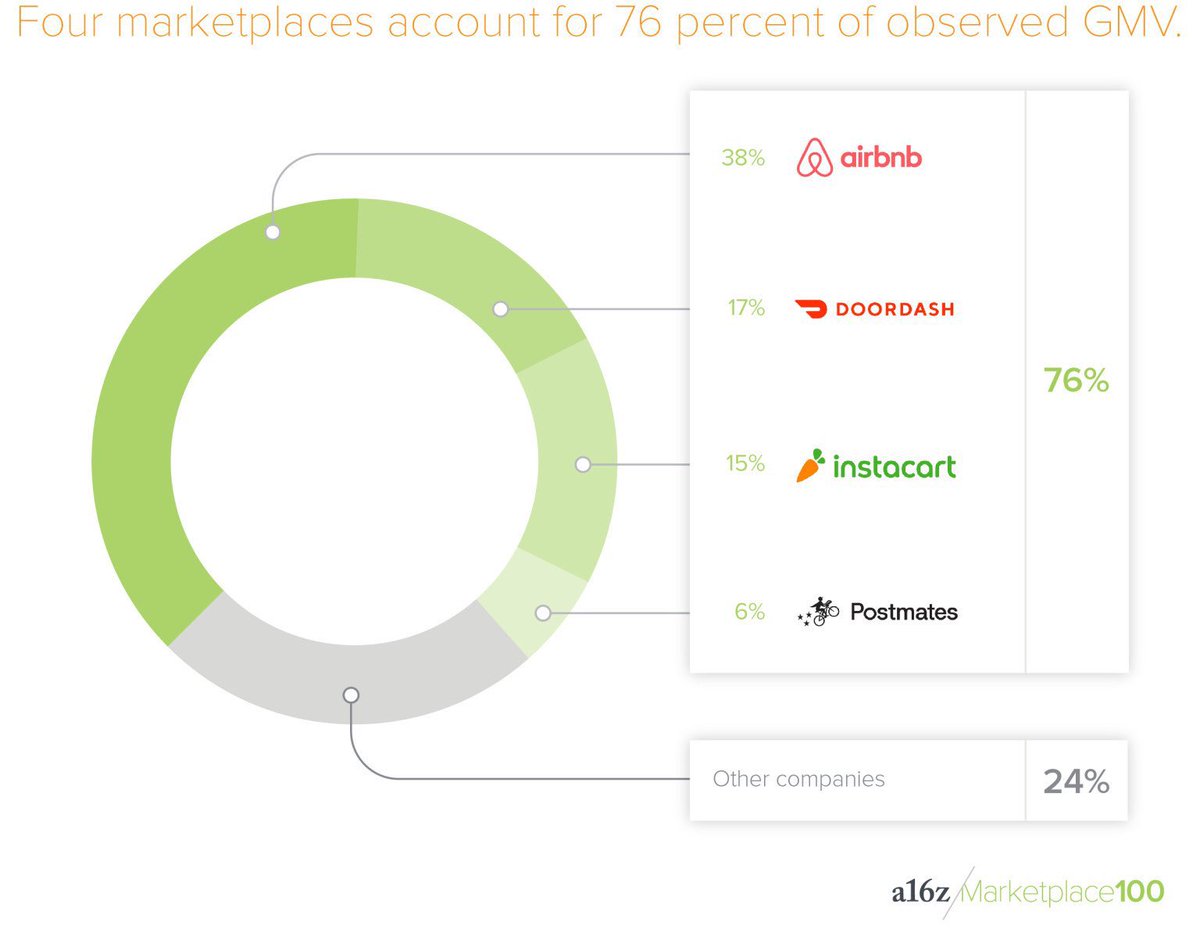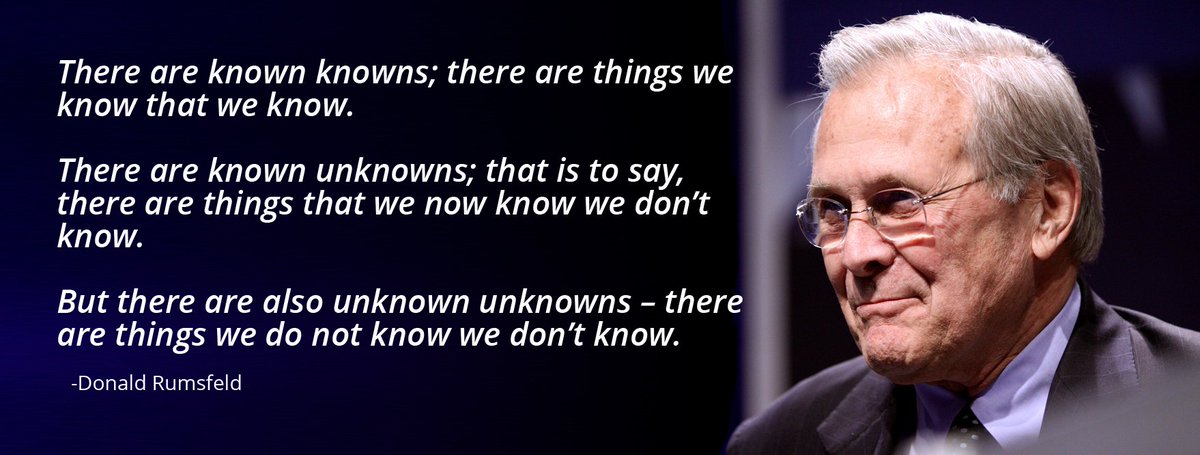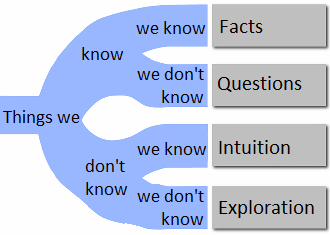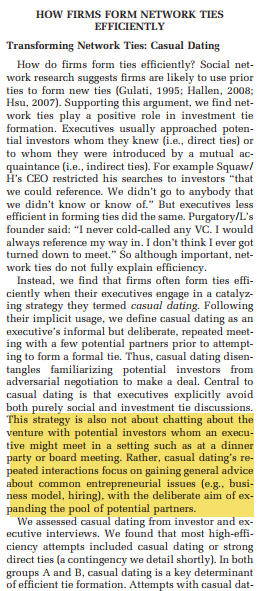
We are living in a golden age of optical illusions developed for science. Some favorites: 1/
This square is not actually rotating! This illusion by Caplovitz & Harrison shows us how our brains create the perception of motion by integrating tiny movement: weforum.org/agenda/2016/07…
This square is not actually rotating! This illusion by Caplovitz & Harrison shows us how our brains create the perception of motion by integrating tiny movement: weforum.org/agenda/2016/07…
The Perpetual Diamond discovered by Flynn & @agshapiro2 never moves. Instead, it shows that our brains pay attention to the edges of objects to infer motion. More in their article: 2/
journals.sagepub.com/doi/full/10.11…
journals.sagepub.com/doi/full/10.11…
All of the lines in this illusion have the same gentle curve - really! The curvature blindness illusion by Takahashi suggests that our visual system defaults to seeing edges, given a lack of other information: 3/ journals.sagepub.com/doi/10.1177/20… 

If you want to learn more about illusions and perceptions, @cogconfluence teaches a class at MIT on a combination of art, perceptual illusion, neuroscience and vision. The syllabus & access to readings are here: 4/ vision.mit.edu 

It may actually be the Second Golden Age of optical illusions. This article argues that the birth of sophisticated optical illusions in the 19th century helped kickstart the study of psychology. 5/ thepsychologist.bps.org.uk/volume-31/febr… 

This illusion hurts to look at, as it might be the most impressive of all: it tricks your body, not just your brain. Your pupils actually contact when viewing the image, responding to what your visual circuitry falsely thinks is a bright light. Paper here: pnas.org/content/pnas/1… 

• • •
Missing some Tweet in this thread? You can try to
force a refresh
















